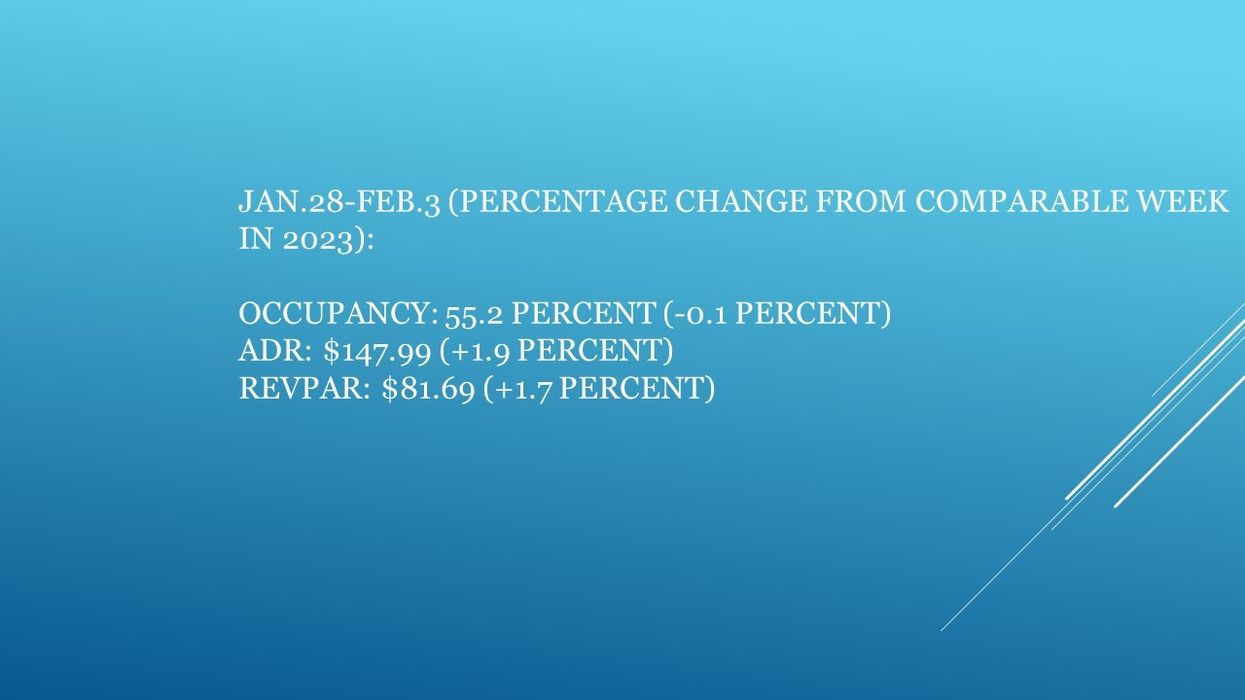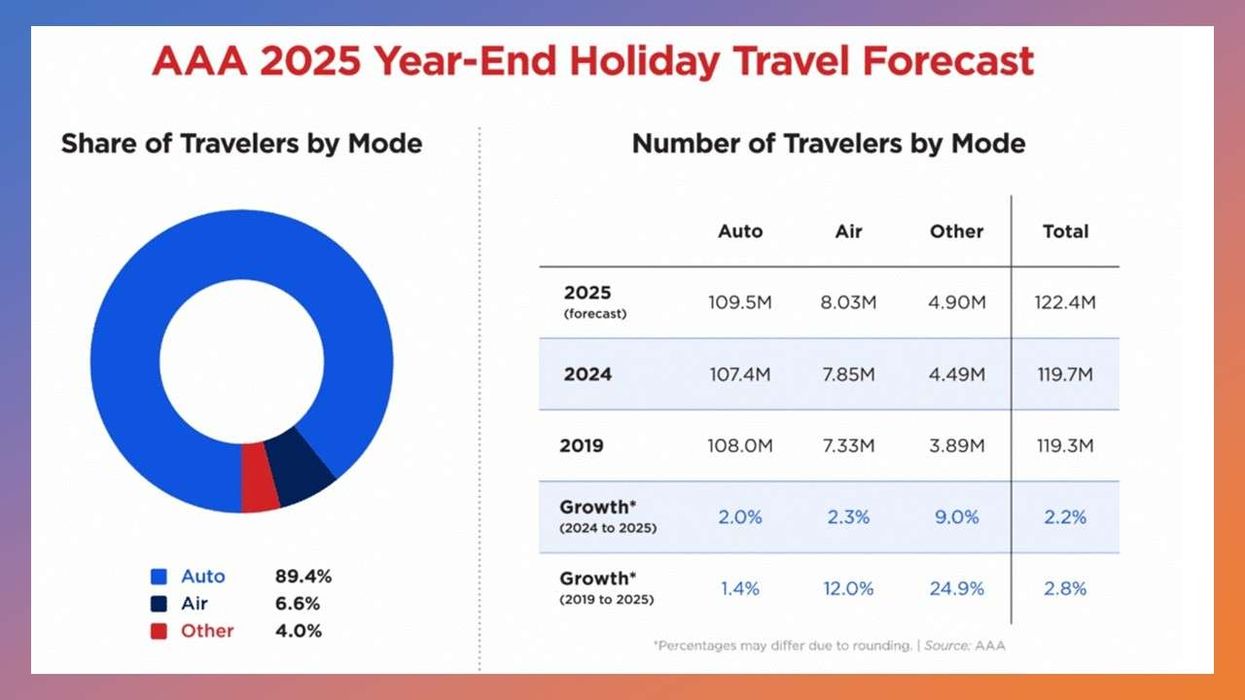“Large events often draw attention to human trafficking, but they also present an opportunity to turn heightened awareness into long-term strategies that protect vulnerable people year-round—not just during major gatherings,” said McCoy. “We can demonstrate, on the world stage, how our actions are leading the response to and prevention of human trafficking.”
McCoy, who has spent nearly two decades in child safety and anti-trafficking programs, highlighted the lodging industry’s leadership through the No Room for Trafficking initiative. Launched in 2019, NRFT is a collaborative effort with member companies, law enforcement and expert organizations that translates the industry’s commitment into action with shared goals and standards aligned with anti-trafficking best practices.
Trainings developed with expert NGOs are the cornerstone of the NRFT initiative, the foundation said. Since 2020, they have been completed over 2.5 million times and are available free in 34 languages.
Kevin Carey, AHLA Foundation’s CEO and president, said the NRFT initiative reflects the Foundation’s daily work.
"Our industry is dedicated to investing in our workforce and our communities and the prevention of human trafficking,” he said. “The mission of the No Room for Trafficking initiative is threefold: elevate awareness of human trafficking, educate employees to identify and report it, and equip survivors with the support they need to thrive.”
McCoy also outlined three actions policymakers can take to strengthen the impact of these events and advance the fight against human trafficking:
Support consistent training and anti-trafficking policies across all sectors to prevent gaps in prevention efforts.
Support streamlined reporting processes that leverage law enforcement and survivor advocacy resources.
Invest government and community resources in long-term solutions, including emergency housing for victims and specialized law enforcement units to maintain community readiness.
With these measures in place, McCoy said, the lodging industry can continue to serve as a partner in nationwide anti-trafficking efforts and is ready to work with the Congressional Task Force, Department of Homeland Security, Department of Justice, local law enforcement and NGOs to ensure these events are remembered for sportsmanship and national unity.
“As we approach the kick-off of these major events, we stand united with law enforcement, survivor support organizations, and policymakers to protect the vulnerable and demonstrate U.S. leadership in preventing human trafficking on a global stage,” McCoy said. “We are doing our part to end trafficking for good and we stand at the ready to help our communities meet the moment.”
On July 30, United Nations World Day Against Trafficking in Persons, AHLA Foundation held its annual “NRFT Summit” and announced the 2025–26 NRFT Survivor Fund grants to support organizations serving survivors.













